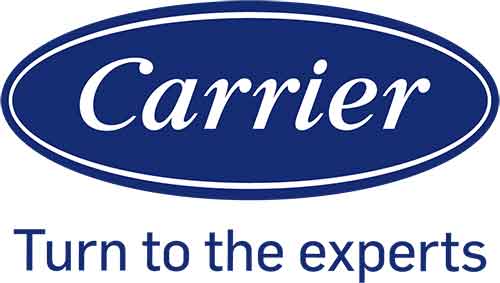Your Newport, FL home should be a safe, inviting place, but do you ever think about the quality of the air inside that sanctuary? Research shows that indoor air pollution is often much higher than outside pollution. One source of bad indoor air is combustion pollutants. Here are the facts you need to know.
Understanding Combustion Pollutants
Combustion pollutants are particles or gases that come from burning fuels such as propane, oil, wood, coal, kerosene, and natural gas. Burning candles and incense also creates combustion products. Combustion gases you might find in your home include tobacco smoke, carbon monoxide from a fuel oil furnace, and nitrogen dioxide from a gas stove or water heater. Outdoor air seeping into your home can also carry these pollutants inside.
Are Combustion Pollutants Affecting My Home’s Air Quality?
Although you might not see these pollutants, even minute traces can lead to headaches, dizziness, and irritated mucous membranes in the nose, eyes, and throat. Prolonged exposure to carbon monoxide and nitrogen dioxide can lead to bronchitis, lung cancer, and even death.
In addition to adverse health effects, excess moisture is a sign you might have combustion gases in your home. Combustion produces water vapor that contributes to high humidity and condensation. Moisture creates an ideal environment for organic growth.
Improving Your Indoor Air Quality
While declaring a moratorium on cooking probably isn’t feasible, there are ways you can maintain a high IAQ:
- Vent your clothes dryer, stove, and other combustion appliances to the outside.
- Make sure vents aren’t blocked or cracked.
- Get an annual HVAC inspection from a trained professional.
Americans spend about 90 percent of their time indoors, so IAQ isn’t something to take lightly. To improve your indoor air, check out the air purifiers and other indoor air quality products we offer or call High Quality Heating and Air Inc at (805) 307-5356 .






